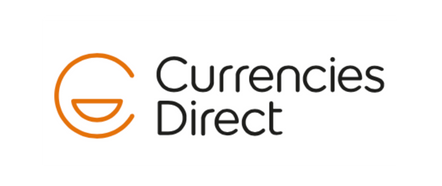US dollar rebounds as investors trim Fed rate cut bets
We have witnessed some notable swings in the currency market over the past couple of weeks amid a shifting of central bank interest rate expectations.
US dollar rebounds as investors trim Fed rate cut bets Read More »

